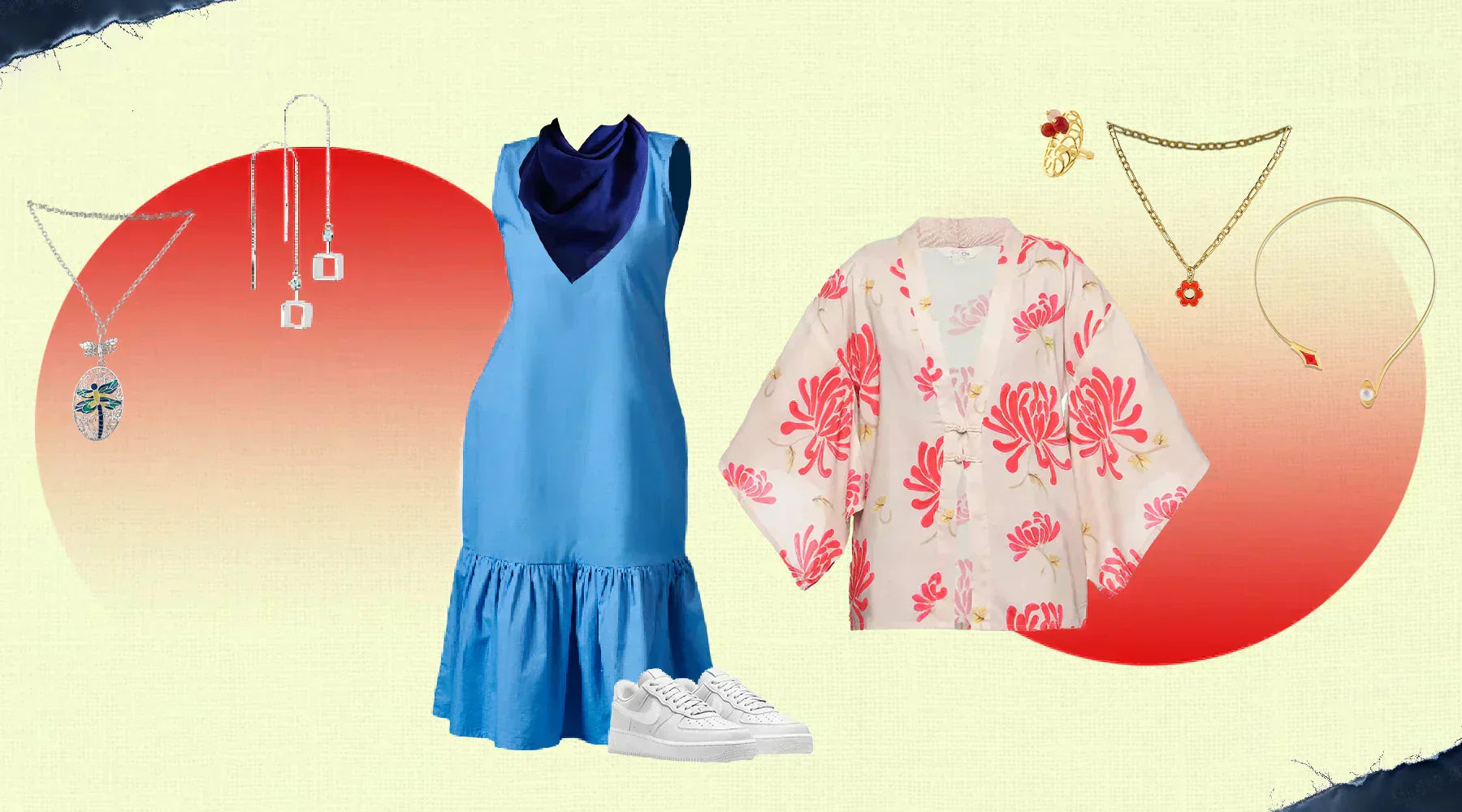|
Table of Content |
A cheerful pattern that evokes happiness and fun, polka dots have a rather interesting history. Today, while it is associated with good cheer, did you know that the print was originally considered bad? While fashion historians have tried to chronologically record the print’s evolution, its origins are still quite hazy. However, the name polka is considered to have been derived from a Czech dance routine that had taken the whole of Europe by storm.
In India, the popularity of this print rose with the release of the 1970s’ film Bobby, so much so that even today it is known as the Bobby print. Believed to have been used since the 1700s, polka dots have continued to remain widely popular throughout the ages, thanks to its appearance in runways and movies. Here’s a look at the fascinating history of polka dots through time.
Dots, Disease, and the Industrial Revolution
In medieval Europe this now popular print was considered taboo due to its unpleasant resemblance to the epidemics that had swept through the nations killing thousands of people. Dots subconsciously reminded people of smallpox, the Bubonic plague, and leprosy; hence it was largely avoided. The dotted fabric was considered a symbol of doom, even the literature of the age reflected this sentiment, as is seen in Othello. This was unfortunately due to the lack of technical expertise to create perfectly rounded, evenly spaced prints. However, with the industrial revolution and the advent of textile machinery, symmetrical circles became fashionable and was no longer deemed unclean.
Peasant Dance and the English Name
After the revolution the manufacturing of evenly dotted fabric became a commonplace occurrence. From painting to other pieces of art, polka gained credence and made its appearance not only in fabrics but a wide range of products as well. However, how the name polka was coined is still unclear. Most fashion historians believe that the name was derived from the Czech peasant dance that was light and cheerful. In English the name first appeared in a women’s magazine ‘Godey’s Lady’s Book’ where a round polka dotted scarf was mentioned.

1900s to Now
From Miss America Norma Smallwood’s polka swimsuit in 1926 to the iconic red skirt of Minnie Mouse the polka made its presence felt across the fashion scene in the 1900s. Hollywood helped popularise the print even further, with Marilyn Monroe, Elizabeth Taylor, Lucille Ball, Goldie Hawn to Julia Roberts flaunting it with elan. Even Princess Diana was known to be partial to the dotted wonder. Over the years polka made its way into our closets, thanks to cinema and the runway success of the print led by top designers like Christian Dior, Carolina Herrera, Kate Spade, and Givenchy. While the peak of the print was between the 1940s and 1960s, in the fag-end of the century the design made a comeback mainly as a ‘back to the classics’, vintage-retro style.

Bottom-Line
Today the black and white polka dots continue to be a classic colour combo. However, with the print’s vibrant appearance in the runways, polka dots apparel in vibrant colours has slowly become one of the favourite summer-spring styles.







Share:
Choker Necklace Fashion Guide: Pro Tips for All Types and Styles
5 Summer Handbag Trends That’ll Make You Swoon